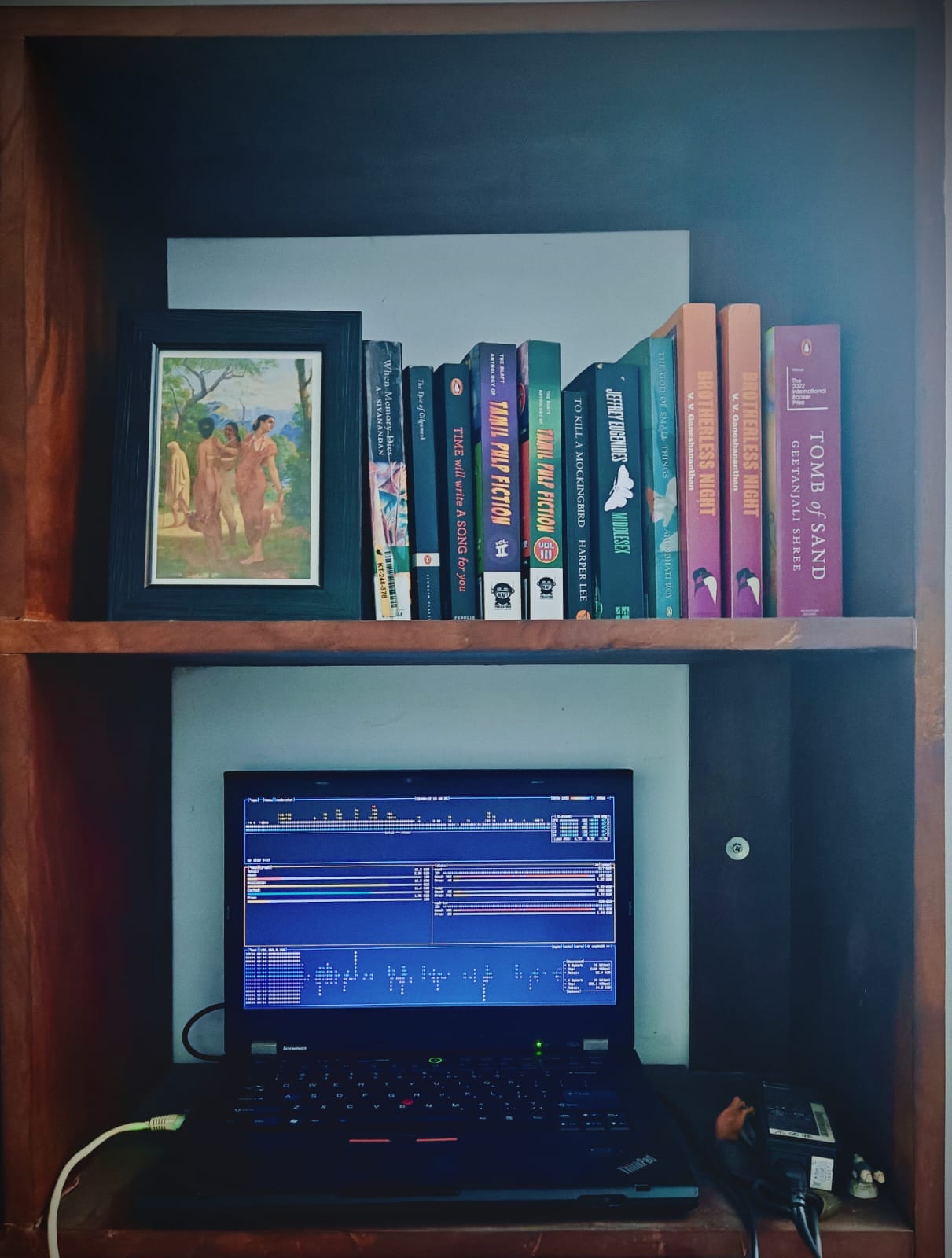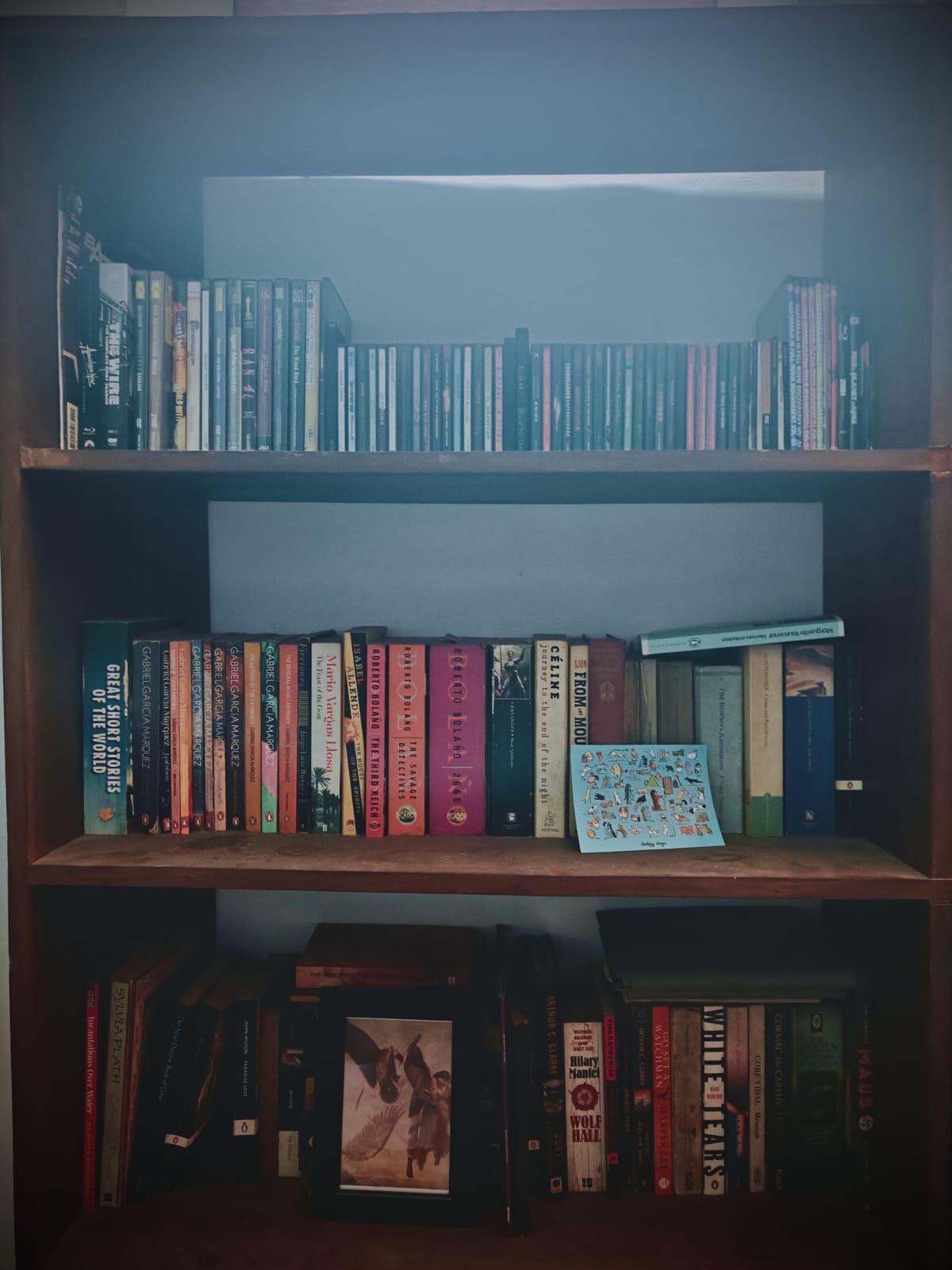
The internet of the early 2000s—what I once called the revelatory internet—felt like an endless library with doors left ajar. Much of that material circulated illegally, yes. I am not advocating a return to unchecked piracy. But the current licensing frameworks are failing both artists and audiences, and it’s worth asking why—and what a better model could look like.
Hands up if you weren’t surprised to see streaming services plateauing or shedding subscribers.
Prices are rising across Netflix, Spotify, and their peers, and more people are quietly returning to the oldest playbook of the internet: piracy. Is the golden age of streaming over?
To answer that, I’ll step back.
Sailing the High Seas Over the Years
Internet piracy is as old as the modern internet. It began in scrappy bulletin boards and FTP servers where cracked software and MP3s slipped between hobbyists. When A&M Records v. Napster met at the Ninth Circuit, the court drew an early line in the sand: Napster was liable for contributory and vicarious infringement.
That is when we learnt that convenience was not a defense.
I was 18 when I went down a musical rabbit hole that I am still burrowing through today. Napster’s fall didn’t slow me or other curious music lovers. What started as single-track scavenging evolved into long, obsessive dives where I would torrent entire discographies of artists.
Between roughly 2003 and 2011, the height of my period of music obsessiveness, I amassed over 500GB of music—eclectic, weird, and often unreleased in mainstream catalogs—that I would never have discovered without the internet. The collection doesn’t sound huge today, but it is meticulously curated and tagged. It includes artists who refuse to bend to the logic of Spotify or the market itself, rarities from little known underground heavy metal scenes in countries you would never associate with heavy metal, alongside music purchased directly from artists, all sans DRM.
Then came a funny detour: in the first months of the pandemic, I made multiple backups of this library, bought an old ThinkPad, and set up a Plex server (I use Jellyfin as well now).
That one decision nudged me into Linux, then Git, then Vim and Neovim, and finally into wonderful and wierd world of Emacs. You could argue that safeguarding those treasures opened the door to my FOSS worldview.
The act of keeping what I loved pushed me toward tools I could control. It also made me view convenience with suspicion.
The Golden Era of Streaming
As broadband matured, piracy shifted from downloads to streams. Cyberlockers, link farms, IPTV boxes, and slick portals mimicked legitimate convenience. Europe watched closely. The EUIPO’s work shows a simple pattern: TV content leads piracy categories, streaming is the main access path, and live sports piracy surged after earlier declines.
The lesson is simple.
Technology opens doors.
Law redraws boundaries.
Economics decide which doors people choose.
When lawful access is timely, comprehensive, and fairly priced, piracy ebbs. When it isn’t, the current finds its old channels.
The Illusion of Ownership
Here’s the pivot. Over the last decade I’ve “bought” movies, games, ebooks—only to have them vanish. I’ve watched albums grey out and films disappear from paid libraries. Ownership, in the mainstream digital economy, is legal fiction unless you control the files, formats, keys, and servers. Most of us don’t. We rent access dressed up as possession.
The Rental Economy
The dominant model today is licensing. You don’t buy a movie on a platform; you buy a license to stream or download within constraints the platform sets. Those constraints are enforced by DRM, device policies, region locks, and revocation rights buried in terms of service. If a platform loses rights, changes its catalog, or retires a title, your “purchase” becomes a broken link. The vocabulary is revealing: platforms call catalog changes “rotations,” not removals.
This is not a moral judgment; it’s an operational one. Licensing aligns incentives with churn, not permanence. Companies optimize for monthly active users, not durable collections. If you are fine with rentals, this works. If you care about ownership, it fails.
Two quick examples illustrate the point. First, music that is available today can be replaced tomorrow by a remaster that breaks playlists or metadata (not everyone likes remasters). Second, film libraries collapse overnight due to regional rights reshuffles or cost-cutting decisions.
Both reveal a fundamental truth to this illusion of ownership: your access is contingent, not guaranteed. The interface encourages the illusion of permanence; the contract denies it.
What Ownership Means in 2025
Given that reality, what does it mean to own digital content now?
- Files: You keep the data itself, not pointers to it. If the internet vanished, you’d still have your collection.
- Open formats: Your files should be playable and readable across decades. Open or well-documented formats are your best bet.
- Keys: If encryption is involved, you control the keys. No external gatekeeper can revoke your access.
- Servers: You decide where the content lives and how it’s served—local storage, NAS, or self-hosted services—so policy changes elsewhere don’t erase your library.
Ownership, in 2025, is the alignment of all four. If you lose any one pillar, you re-enter the rental economy. Files without open formats risk obsolescence. Open formats without keys are moot if DRM blocks you. Keys without servers mean you’re still dependent on someone else’s uptime. Servers without backups are bravado that ends in loss.
Self-Hosting as Resistance
Self-hosting is the pragmatic response to the rental economy—not just for sysadmins, but for anyone who wants to keep the things that matter. My pandemic Plex story is a case study. I copied and verified my music library. I set up an old ThinkPad as a lightweight server. I learned enough Linux to secure and manage it, then layered in Git for configuration, Vim and Neovim for editing, and eventually Emacs for writing and project management. The journey wasn’t about becoming a developer; it was about refusing impermanence as the default.
A minimal self-hosting stack looks like this:
- Library: Organize, tag, and normalize files. Consistent metadata is half the battle.
- Storage: Redundant local storage (RAID or mirrored drives) plus offsite backups. Assume failure; plan for recovery.
- Indexing: A service (Plex, Jellyfin, or similar) that scans and serves your library. Keep your index portable.
- Access: Local-first, with optional secure remote access. Your default should be offline resilience, not cloud dependency.
- Maintenance: Occasional updates, integrity checks, and rehearsed restore steps. If you can redeploy in an afternoon, you own it.
Self-hosting doesn’t require perfection. It asks for intent and a few steady habits. You don’t need new hardware; you need a small tolerance for learning and the patience to patch.
A Pragmatic Model
Not everything needs to be owned. The point is to decide deliberately what you keep and what you rent. A tiered model helps:
- Local-first files: Irreplaceable work, personal archives, and media you care about—stored locally with backups. Think original recordings, purchased DRM-free releases, research materials, and family photos.
- Sync-first files: Active documents that benefit from multi-device access—synced across trusted services but maintained in open formats with local copies. If sync breaks, you still have a working file.
- Self-hosted services: Media servers, note systems, photo galleries, and small web tools that you want available on your terms. Prioritize services with export paths and minimal complexity.
- Cloud rentals: Ephemeral consumption—new releases, casual viewing, niche apps. Treat these as screenings, not acquisitions. Enjoy them and let them go.
To choose, ask three questions:
- Is it mission-critical or meaningful beyond a season?
- Can I store it in an open format without legal encumbrances?
- Will I regret losing it?
If the answers skew yes, pull it into local-first or self-hosted. If not, rent with clear eyes.
Costs and Trade-Offs
The price of ownership is maintenance. Time to learn basics, time to patch, time to back up. There is risk—drives fail, indexes corrupt, formats change. But with small routines, the costs are manageable, and the upside is real: continuity.
The trade-offs can be framed simply:
- Time: A few hours to set up; a few minutes a month to check.
- Money: Modest hardware (used laptop, external drives) and, optionally, a NAS. The cost amortizes over years.
- Complexity: Start with one service. Document your steps. Prefer boring tools. Boring is dependable.
- Risk: Reduce with redundancy and rehearsed restores. Test a recovery once a year.
The payoff is permanence. You own what you can keep offline. You control what you can serve on your own terms. You protect the work and the art that shaped you.

Bringing the Arc Together
History matters because it explains behavior over time. When lawful access is timely, comprehensive, and fairly priced, piracy ebbs. When it isn’t, the current returns to old channels. The platforms call this leakage. I call it correction. People seek what isn’t offered—availability, completeness, fairness—and they will keep seeking until those needs are met.
My own path tracks that arc. I learned to listen curiously in the torrent years, built a personal library, then chose to keep it. The choice pushed me toward free and open-source software, not as ideology but as practice: the practice of retaining what matters. If streaming’s golden age is ending, it is only because its economics revealed themselves. Rentals masquerading as purchases do not create trust; they teach caution.

What Next
A better way respects both artists and audiences. It looks like more direct purchase channels without DRM, fair global pricing, and clear catalog guarantees. It looks like platforms that treat permanence as a feature, not a bug. It looks like individuals who decide, calmly, what to keep and what to rent.
You don’t own what you can’t keep offline. You only rent the right to forget. Owning is choosing to remember—files, formats, keys, servers—held together by the patience to maintain them.
- Even the biggest players in the Linux world don't care about desktop Linux users. We do.
- We don't put informational content behind paywall. Your support keeps it open for everyone. Think of it like 'pay it forward'.
- Don't like ads? With the Plus membership, you get an ad-free reading experience.
- When millions of AI-generated content is being published daily, you read and learn from real human Linux users.
- It costs just $2 a month, less than the cost of your favorite burger.
Become a Plus Member today and join over 300 people in supporting our work.






